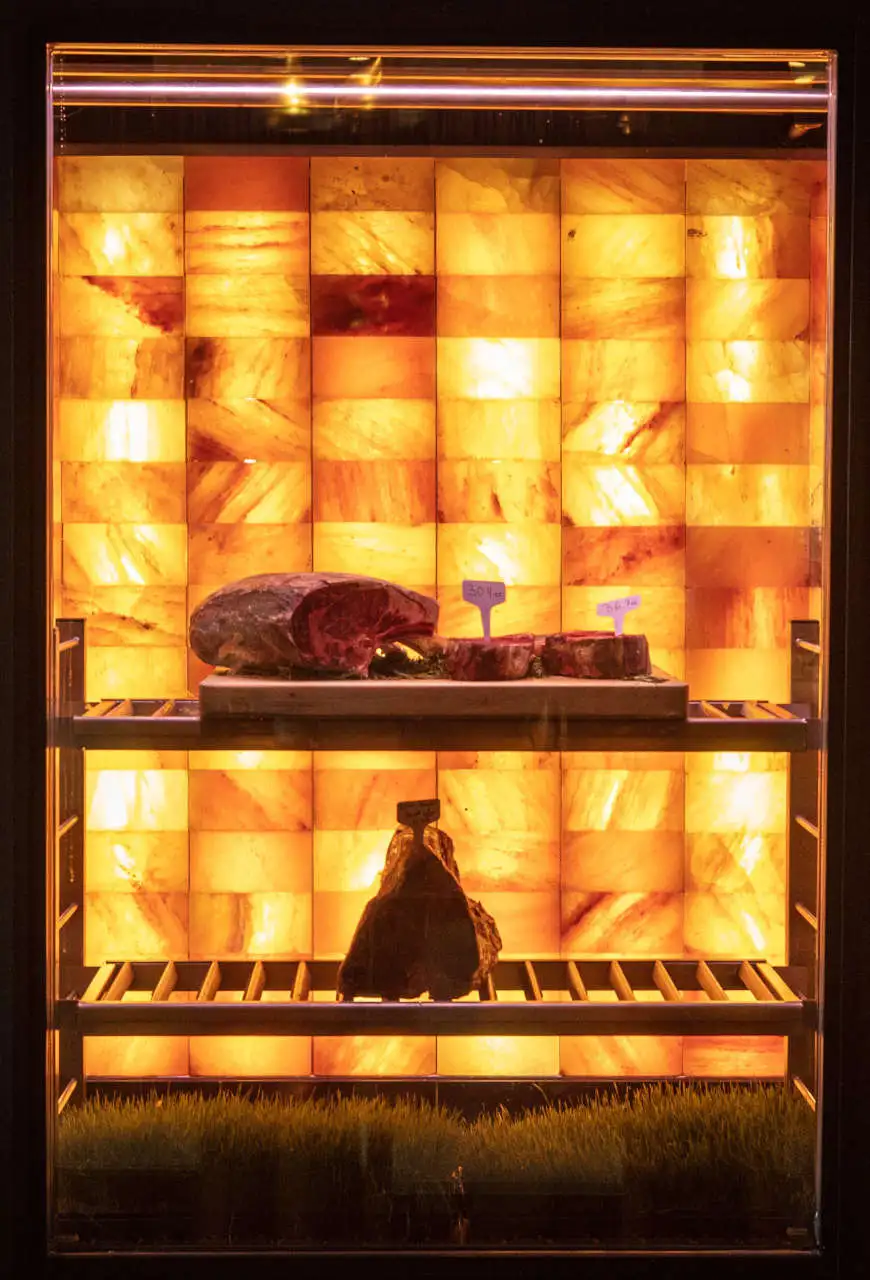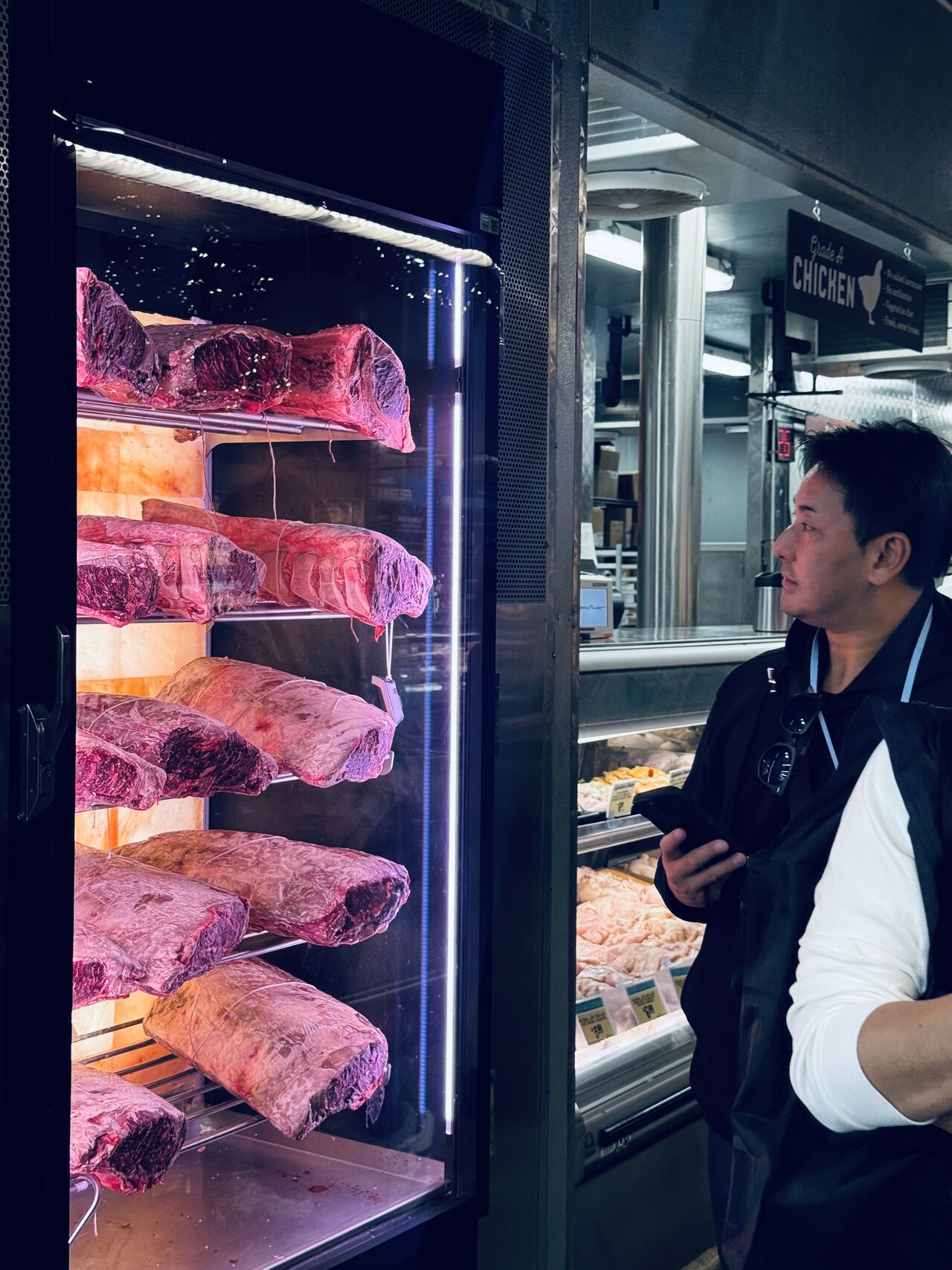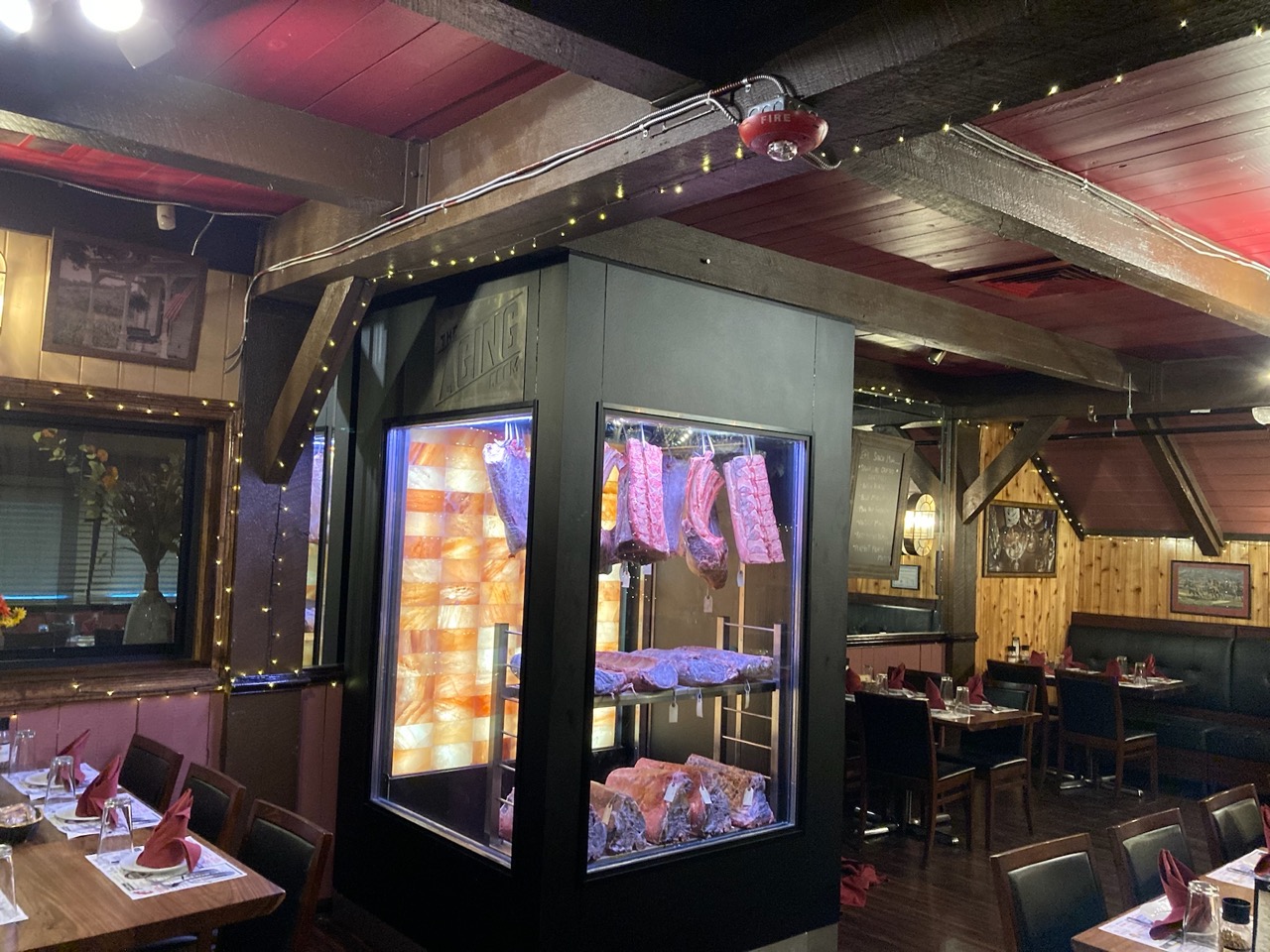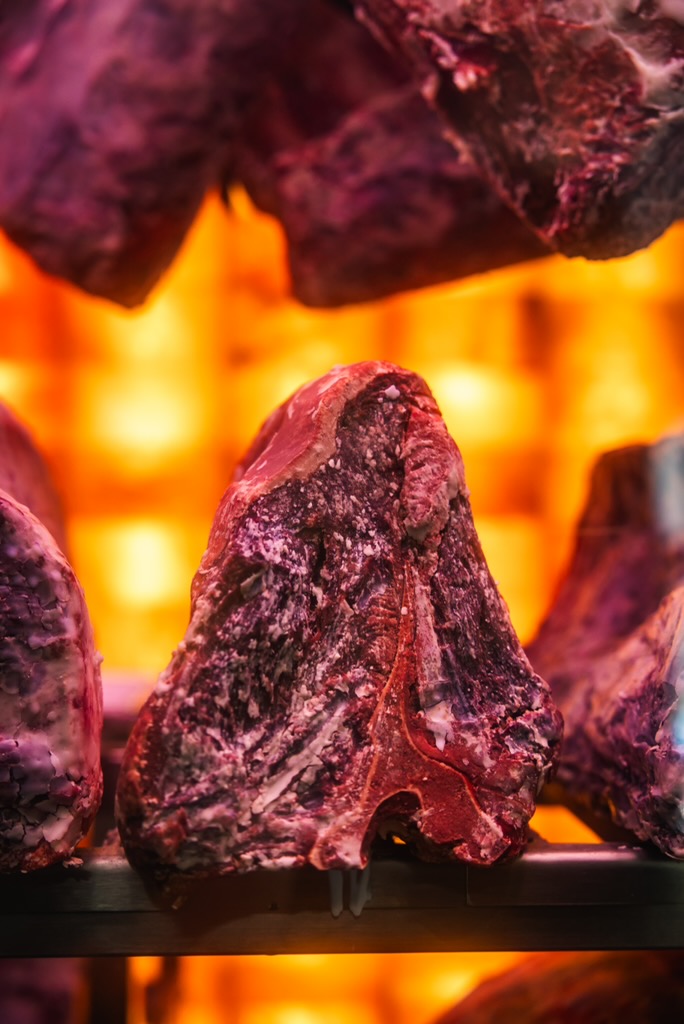
The Importance of Being Well-Informed When Selecting Aged Meat
Have you ever ordered an aged steak from a menu and found that it's not much different from other cuts? It may be cooked well and taste good, but it doesn't seem exceptional. This can leave you wondering if you could have just ordered a regular steak instead. Sometimes, the steak may not even be aged, despite being advertised as such. In other cases, the aged taste may only be present in the fatty parts and still be somewhat faded. Have you had a similar experience?
Aging meat has become increasingly popular in the US, and while the use of Himalayan salt is an age-old technique, it is a relatively new practice in this particular process in the US.
Some individuals may be more susceptible to marketing tactics rather than the true quality of the product, and therefore, whether you are a customer or a restaurant or butcher shop owner, it is crucial to educate yourself before ordering aged meat or initiating an aging program in your establishment. By doing so, you can ensure that you are maximizing the benefits of both the experience and the technology involved.
When it comes to meat aging, salt can really make a difference; proper aging is an art that can elevate taste and customer satisfaction.
We provide you with a valuable tool that allows for endless creativity, whether you choose to age your product for 25, 45, or 60 days or experiment with different ingredients like butter and wine. Instead of concealing your aging process, use it as a selling point and educate your customers on the unique qualities of your product. As a seller, set a fair price that reflects the value of your aged product. Or, as an informed customer, appreciate the quality of aged products without falling for marketing gimmicks.
The Himalayan Salt Dry Aging Process Is Completely Natural
How it works: A chamber produces a salty microclimate with controlled air circulation, temperature, and humidity. You do not need to move the meat inside; the air will move around the meat. The Aging Room matures exclusively with salt. There are no ultraviolet lamps, activated charcoal filters, or chemicals. The maturing process dissolves the salt in the air. creating a thin film of salt that envelops the meat. The Aging Chamber microclimate evaporates the moisture out of the meat, enzymes work to break down the fibers and tenderize the beef, and as a result, the taste increases. The process gives the meat a desirable Umami taste.
The Reasons to Use Salt
The primary purpose of incorporating salt into the process is to facilitate the traditional and natural aging process, which ultimately results in an exceptional taste.
The second reason is to prevent excessive meat loss. To achieve sufficient saturation levels, it is important to use a substantial amount of salt, rather than just one or two slabs. By following this process and using salt, you can expect a meat loss rate of around 10-15%. However, if you skip the salt, you can expect a much higher loss rate of 40% or more.
Having The Proper Equipment Is Absolutely Essential
Selecting the appropriate equipment is essential and demands professional expertise. It is imperative to make the right choice in terms of size (meat capacity) and applications.
Obviously, you can find a lot of opinions on how to dry age meat, techniques, and sets of equipment; however, it is important to pay close attention to the details. If you've ever tried aged meat and found that the aged flavor was only present in the fatty parts, it is likely that the aging process was disrupted. This could happen if the equipment used is not specialized for dry-aging, or if it is, it is not used correctly.
For example, when a reach-in unit was used for heavy commercial applications, the aged unit was opened too frequently for too long, and as a result, the aged microclimate was constantly being flushed out. Another problem that may have happened is that excessive moisture was building up, casing fans work very instance that dried out meat too fast and building a very thick crust, instead of working slowly and evenly to break down enzymes. As a result, the taste is not consistent, and too much crust equals too much weight loss.
As a result, the customer is unsatisfied with the taste, and the business owner loses above 45% of weight, hence profit. This is often due to improper equipment usage or equipment that is not specialized for the task at hand.
Besides, you should always remember about NRTL’s certifications such as UL, NSF and also Hazard Analysis and Critical Control Points (HACCP). If you are considering converting a cold room into an ager, you may need to budget for these certifications, which can cost over US$20,000 each. By being mindful of the equipment and processes involved in dry-aging meat, you can ensure that the quality of your product meets customer expectations and that your business stays profitable.
If aging is being done improperly, this will lead to disappointment and mistrust among customers.
For optimal aging, it is important to have access to proper equipment that is specifically designed for this purpose. Using walk-in Aging Rooms is highly recommended, as they are able to maintain a very consistent climate. When you open the door, you are disrupting the process by flushing out the air. If you are planning to create an aging program at your facility, it is crucial to keep in mind that the minimum volume requirement will dictate the size necessary to create the ideal microclimate. If the volume is too small, it will be difficult to maintain the climate inside, which can prevent the dry-aging process from happening or make it unsustainable. The recommended size for a walk-in aging room is a minimum of 4.92 ft x 4.92 ft x 8.53 ft.
Is it possible to dry in reach-in units? Yes, it is possible to use reach-in units for drying purposes. However, it is important to keep in mind that there are certain factors that need to be taken into consideration. It is crucial to note that smaller volumes may make the process more challenging and can definitely affect the taste. Additionally, in commercial applications, it can be difficult to maintain the ideal microclimate due to frequent openings of the unit and the overloading of equipment by flushing out the microclimate and building it again.
Another huge part of success is that the skill of a butcher plays a crucial role in the success of the meat preparation process. That's why we provide butcher training as part of our projects, covering everything from selecting the right meat with the appropriate PH level to cooking techniques. Although having the proper equipment helps avoid mistakes, it is still possible to make them. For instance, if you place frozen meat in the display case, it can create excessive moisture in the room. Therefore, it is pivotal to have adequate knowledge and skills to stand out from competitors by delivering exceptional taste and following an exclusive process that impresses customers.
At The Aging Room®, we offer comprehensive dry-aged project services. From your initial project sketch to real-life application, we provide standard and custom-built Aging Rooms, a warranty, proper certification, and Master Butcher training to ensure top-quality results for you and your customers!
Learn More About The Aging Room's Chamber
By combining traditional aging processes and modern technology, The Aging Room® uses state-of-the-art climate control equipment with Himalayan salt to create an aging-friendly, natural microclimate to dry-age steaks to their fullest potential. The steak rests and ripens in a natural environment, never frozen, vacuum-sealed, or chemically preserved, allowing restaurants, butcheries, and retail shops to utilize every part of the meat. Learn more about the benefits of The Aging Room Chamber.


